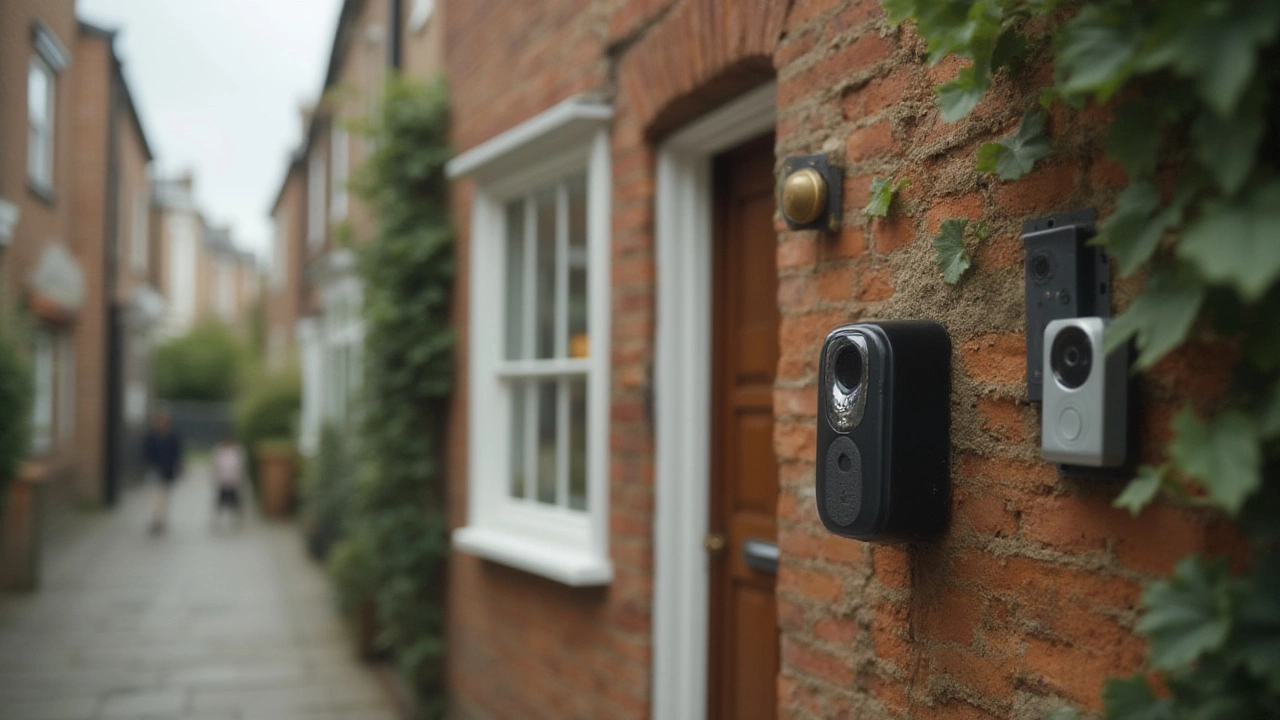Doorbells have come a long way. You can still find the old‑school push‑button, but most homes now use video‑enabled, Wi‑Fi‑connected units. Choosing the right type means thinking about power source, features you actually need, and how easy the installation will be. Below you’ll get a fast rundown of the main categories so you can stop guessing and start deciding.
Traditional wired doorbells run on the house’s existing electrical line. They’re cheap, reliable, and you only need a simple chime box. The downside is they just give you a sound – no video, no app alerts. Smart doorbells add a camera, motion detection, and a mobile app. Most models connect via Wi‑Fi and let you see who’s at the door from your phone. If you want to talk to visitors or record footage, a smart doorbell is the way to go.
Wireless doorbells use either a rechargeable battery or a small solar panel. They’re perfect for renters or anyone who doesn’t want to drill into walls. Battery life varies – some models last months on a single charge, while others need weekly tops‑up. Look for units that support easy battery replacement and have a clear indicator when power runs low. Remember, wireless models still need Wi‑Fi for video and notifications.
Video doorbells split into two groups: those that store clips in the cloud and those that save to a local SD card. Cloud storage usually requires a subscription, but it offers remote access from anywhere. Local storage avoids monthly fees, though you’ll need to manage the card yourself. Decide early which storage style fits your budget and privacy preferences.
Installation can be a DIY job for most wireless and smart doorbells. You’ll generally need a screwdriver, a drill, and a stable Wi‑Fi signal near the front door. If your home has a dead‑bolt lock, make sure the doorbell’s wiring can be routed safely without interfering with the lock mechanism. Many brands provide step‑by‑step video guides, so even beginners can get it right.
When comparing features, pay attention to field of view, night‑vision capability, and two‑way audio quality. A 160‑degree lens captures a wider area, while infrared LEDs make sure the camera works after dark. Clear audio lets you speak to guests or delivery drivers without opening the door. These details matter more than the brand name for everyday use.
Finally, think about price versus long‑term cost. Entry‑level video doorbells can start around £50, but add‑ons like a subscription, extra chime units, or a higher‑resolution camera can push the total above £150. Weigh the upfront price against the features you’ll actually use. In most cases, a mid‑range model with solid video, decent battery life, and basic cloud storage offers the best value for a typical UK home.

Get clear on the three types of doorbells: wired, wireless, and smart. Discover how they work, their pros and cons, and which one fits your home best.